A simple postulate states that no two objects can occupy the same space at the same time. The land’s people commuting in automobiles, entering the market in a multitude of brands and models both globally and in India with irresistible offers of credit purchase are in a buying spree heading towards a one-to-one ratio of users to their vehicles as personal transport. In the country’s urban territories, variously described as towns, cities, metropolises and whatever, including Mysuru (which is among the most walkable cities across the world, similar to Boston in Massachusetts State of the United States of America), one cannot miss the dramatic rise in the number of dealers in automobiles, establishing their glitzy showrooms displaying dazzling models of cars, motorcycles, scooters, sports utility vehicles, sedans and so on, tickling the hither-to-walkers to take to commute in automobiles, in a sense of the idiom keeping up with the Joneses as it were.
Mysore, the city with its now-changed name of Mysuru hosted 12 cars and about 250 bicycles for a population of nearly 3,000 at the start of the 20th century, as reported recently in the media. What has happened to these numbers portraying the awe-inspiring connect between citizens and means of commuting comfortably over the past 12 decades is there for all to see—a headcount of 12 lakh, a vehicle population of seven lakh and a few thousand bicycles, with an awful reduction in the number of walkers.
Times when Bengaluru was in the epicenter of articles in dailies and debates in drawing rooms expressing concerns about traffic snarls in all nooks and corners of the State’s capital have lately brought Mysuru too, virtually mocking at the sharply rising fuel prices, not to forget car users favouring top-end models commanding price tags reaching eight digits (crore-plus rupees). As if to promote the culture of using personal vehicles by citizens for commuting even short distances within city limits, administrations are in an overdrive chopping full-grown, life-saving trees for widening roads both intracity and intercity. The activists staging road shows are fighting a losing battle in their plea to safeguard greenery and prevent air pollution all over the land.
The last straw of the issues featuring automobiles being paucity of space for parking them in the central business district of cities, there are no signs of going back to the Mysore (now Mysuru) scenario of early 1900s. A recent media report that in eight years, vehicles junked across India could fill 21 Marina beaches (in Chennai) doesn’t sound alarming to most vehicle users. To cite a Kannada expression, citizens are in avinava sambandha (I can’t be without you, you can’t be without me) with their cars and two wheelers.



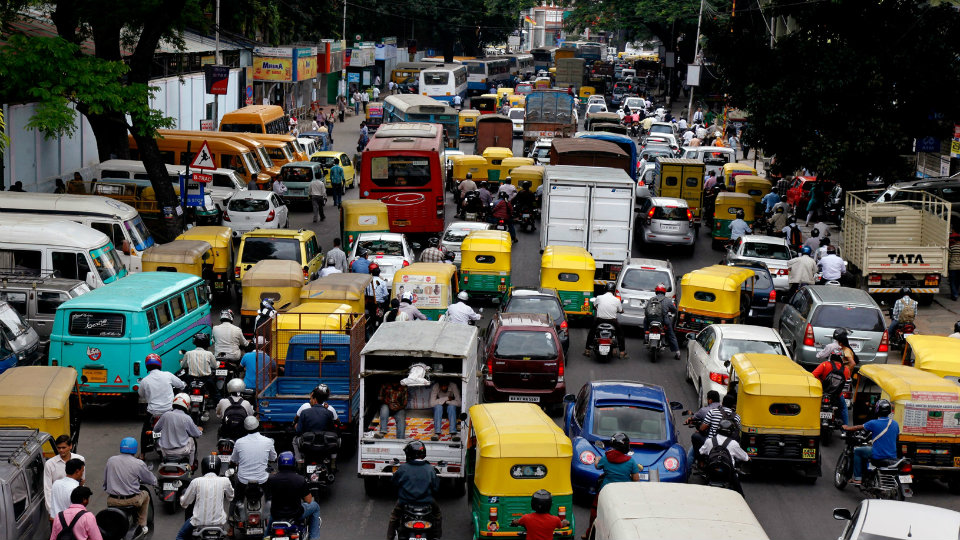
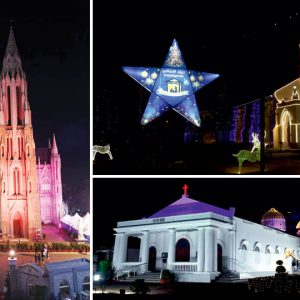
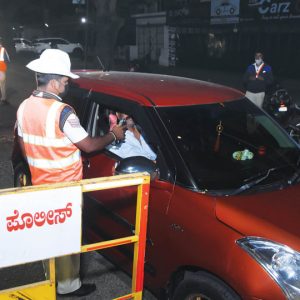
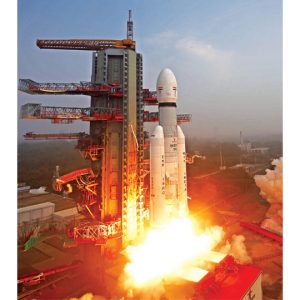
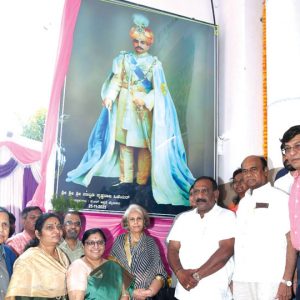
Owning petrol-driven two wheelers and four wheelers has become a must, the former because of the fast growing new extension s which are far removed from just about every thing from the work place to colleges, the commuting becoming an issue, and the latter is a must from prestige point of view. The galloping population adding one Australian population every year to the country does not help. Mysuru and other cities in India are choking with people and vehicles.